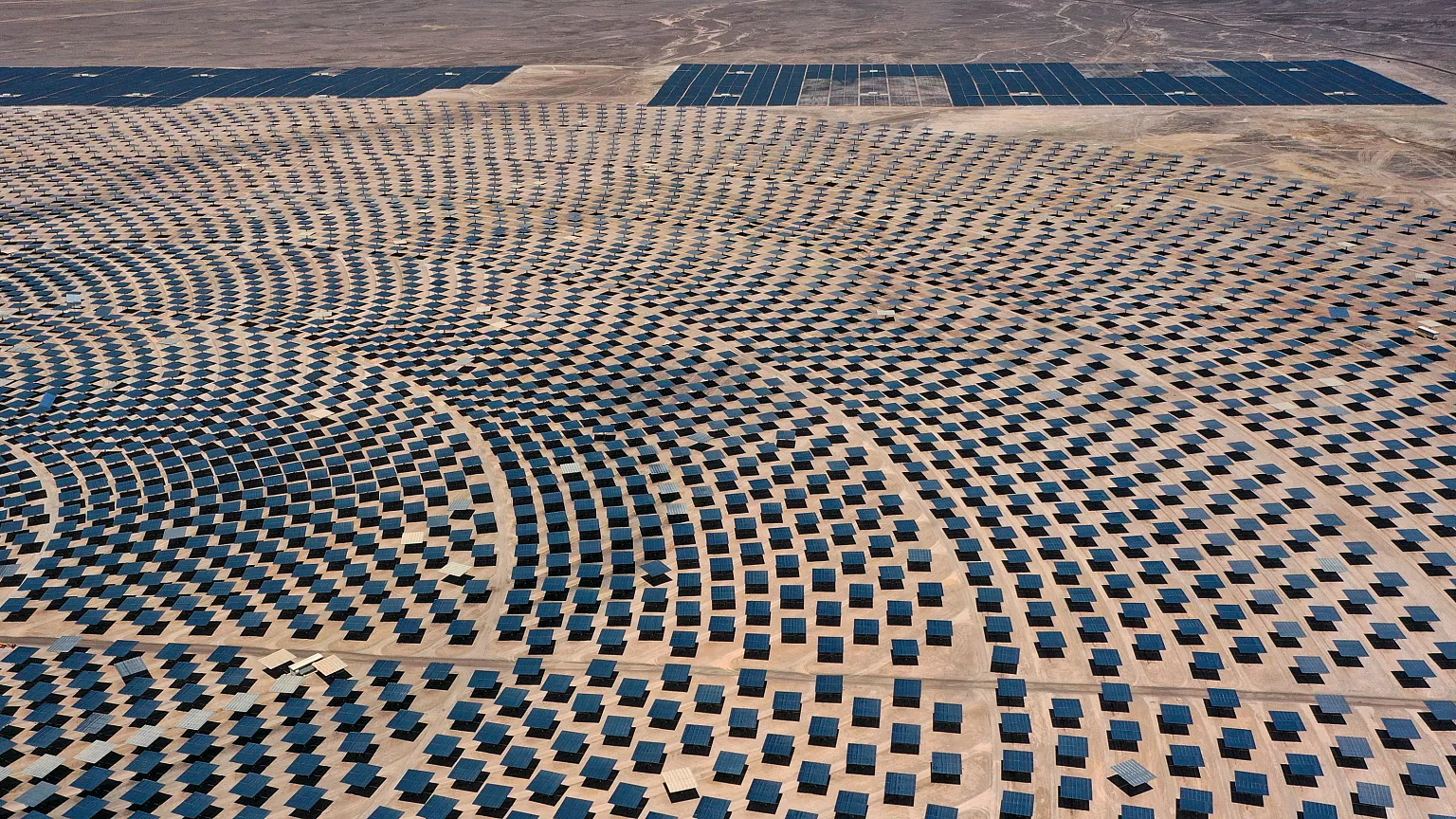Solar race initiatives in Latin America have gained significant momentum, with Chile emerging as a dominant player in this transformative energy sector. Early efforts focused on harnessing abundant sunlight to meet growing energy demands sustainably. Several large-scale solar projects have already been commissioned, contributing notably to the national grid. Moreover, government policies actively encourage private investments and technological innovation, positioning the country for rapid expansion. This surge reflects a broader regional shift toward renewable alternatives, aimed at reducing carbon footprints and promoting energy independence. However, challenges remain, particularly regarding infrastructure upgrades and grid stability. Despite these hurdles, Chile’s progress demonstrates a robust commitment to clean energy leadership in Latin America.
Solar Race Dynamics Accelerate in Chile
Chile’s rapid advancements reflect a combination of favorable climate conditions and strategic planning. The Atacama Desert offers one of the highest solar irradiance levels worldwide, enabling efficient energy production. Additionally, investments in photovoltaic technology have lowered costs and increased capacity. Collaborative efforts between government agencies and private sectors have streamlined project approvals and enhanced operational efficiency. Furthermore, regulatory frameworks promote competitive bidding processes, ensuring transparent and cost-effective expansion. This environment fosters innovation and attracts international expertise, boosting project quality and sustainability. As a result, Chile is not only increasing its renewable energy share but also creating economic opportunities and job growth. This momentum illustrates the country’s capacity to lead the solar race regionally.
Solar Race Impacts on Regional Energy Trends
Chile’s leadership is influencing neighboring countries to accelerate their renewable energy adoption. Regional cooperation initiatives facilitate knowledge sharing and grid interconnections, enhancing overall energy security. In particular, countries like Argentina and Peru are exploring similar solar investments to diversify energy sources and reduce fossil fuel dependence. Such trends indicate a collective movement toward cleaner and more resilient energy systems across Latin America. Moreover, international financing mechanisms support these transitions by providing capital and technical assistance. Consequently, the solar race is transforming not only Chile but also the wider region’s energy landscape. This evolution aligns with global climate goals and sustainable development agendas, marking a critical shift in energy policy and infrastructure across the continent.
